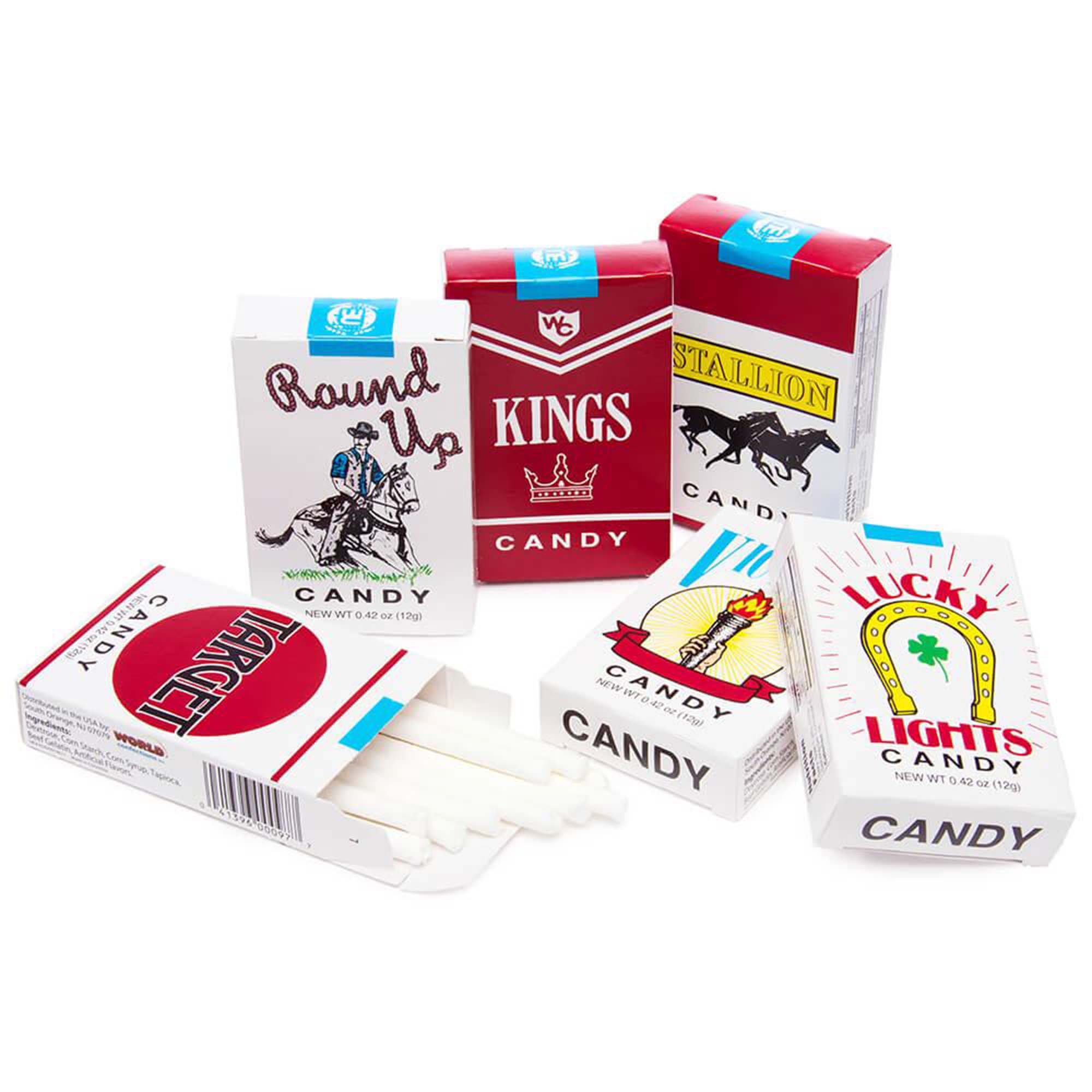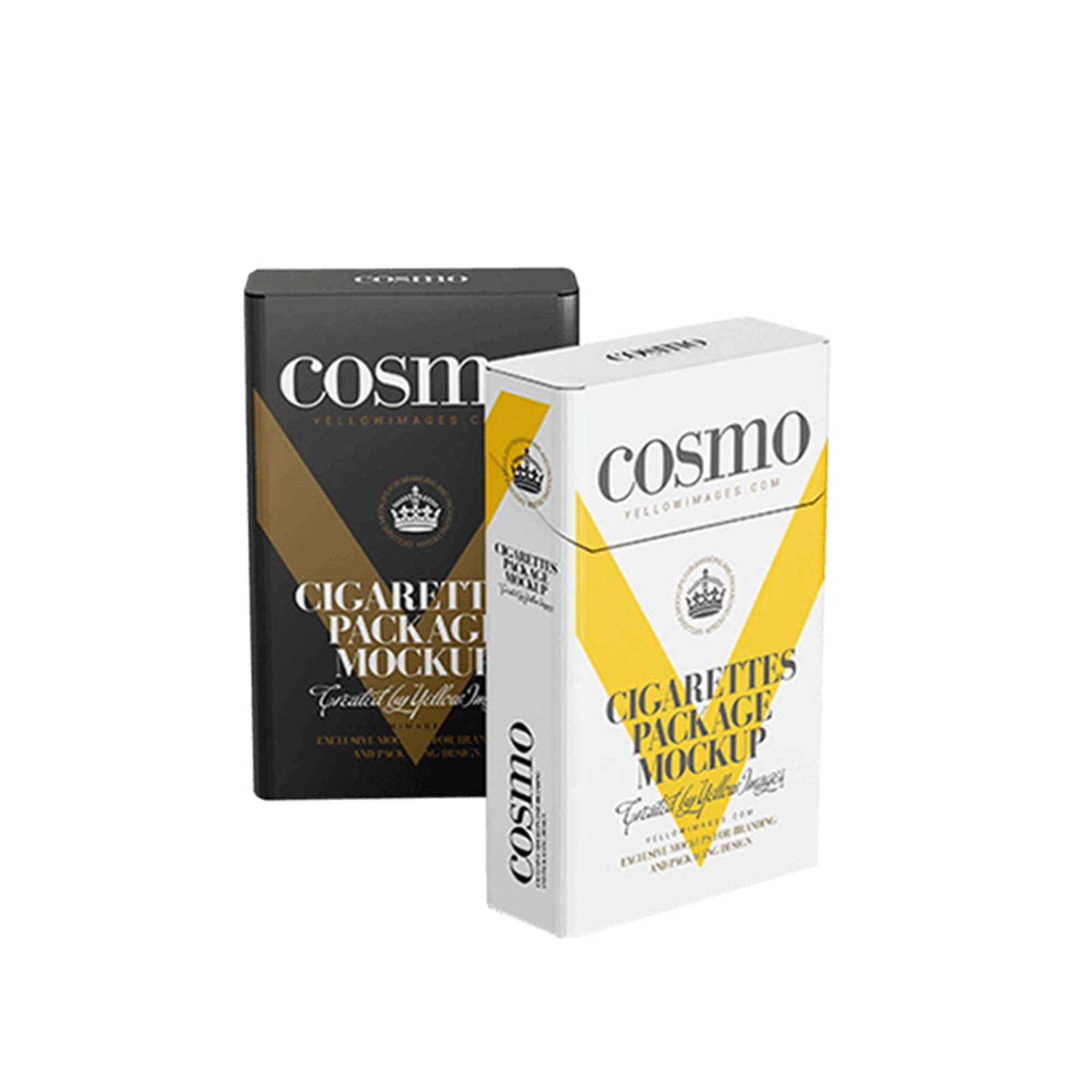Exploring the Possibilities and Challenges of Waste Reduction
Cigarette boxes, those small, rectangular containers that hold our favorite smokes, are a ubiquitous presence in our daily lives. With millions of smokers worldwide, the number of cigarette boxes produced and discarded each year is staggering. As concerns about waste management and environmental sustainability continue to grow, the question arises: can you recycle cigarette boxes? In this comprehensive article, we will explore the possibilities and challenges of recycling cigarette boxes, as well as the broader implications for waste reduction and environmental conservation.
The Problem of Cigarette Waste
Cigarette waste is a significant environmental issue. According to recent estimates, billions of cigarette butts and packages are discarded annually, contributing to litter, pollution, and harm to wildlife. Cigarette butts, in particular, are a major source of plastic pollution, as they are often not biodegradable and can take years to decompose.
Cigarette boxes, while not as visible a source of pollution as butts, also contribute to the problem. Made primarily from cardboard and coated with various materials, such as inks and laminates, cigarette boxes can be difficult to recycle due to their composition and the contamination they may contain.
The Possibilities of Recycling Cigarette Boxes
Despite the challenges, there are possibilities for recycling cigarette boxes. One of the key factors in determining the recyclability of a material is its composition. Cardboard, the primary material used in cigarette boxes, is generally recyclable. However, the presence of coatings, inks, and other additives can complicate the recycling process.
To address these challenges, some manufacturers have begun to explore the use of more eco-friendly materials and designs for their cigarette boxes. For example, some companies are now using recycled cardboard or cardboard coated with biodegradable materials, making it easier to recycle the boxes.
In addition, some recycling programs and facilities have developed specialized processes for handling cigarette boxes and other difficult-to-recycle materials. These processes may involve separating the cardboard from the coatings and additives, or using advanced technologies to break down the materials into reusable components.
The Challenges of Recycling Cigarette Boxes
While the possibilities for recycling cigarette boxes exist, there are also significant challenges that must be addressed. One of the primary challenges is the contamination of the boxes with tobacco residue, which can make them unsuitable for recycling. This contamination can occur during the manufacturing process, as well as during use and disposal.
Another challenge is the lack of awareness and infrastructure for recycling cigarette boxes. Many consumers may not be aware that cigarette boxes can be recycled, or may not have access to recycling programs that accept them. This can lead to low participation rates and limited recycling of cigarette boxes.
Furthermore, the economics of recycling cigarette boxes can be challenging. Due to their small size and the presence of contaminants, cigarette boxes may not be as valuable as other recyclable materials, such as aluminum or plastic. This can make it difficult for recycling facilities to justify the cost of processing and recycling them.
The Broader Implications for Waste Reduction
The issue of recycling cigarette boxes is not just about the boxes themselves, but also about the broader implications for waste reduction and environmental conservation. By exploring the possibilities and challenges of recycling cigarette boxes, we can gain insights into the larger issue of waste management and the need for more sustainable practices.
One of the key insights is the importance of reducing waste at the source. By designing products and packaging that are more eco-friendly and easier to recycle, we can reduce the amount of waste generated and make it easier to manage. This can include using recycled materials, minimizing packaging, and designing products for reuse or disassembly.
Another insight is the need for greater public awareness and education about recycling and waste reduction. By educating consumers about the importance of recycling and providing them with the tools and resources to do so, we can increase participation rates and reduce waste. This can include promoting recycling programs, providing clear and accessible information about what can be recycled, and encouraging consumers to make more sustainable choices.
Finally, consumers can help raise awareness about the issue of cigarette waste and the need for more sustainable practices. By sharing information and resources with their friends and family, consumers can help build a broader movement for waste reduction and environmental conservation.
Conclusion
The issue of recycling cigarette boxes is a complex and challenging one, but it also presents opportunities for innovation and progress. By exploring the possibilities and challenges of recycling cigarette boxes, we can gain insights into the larger issue of waste management and the need for more sustainable practices.
Through innovative solutions, public awareness and education, and a comprehensive approach to waste management, we can create a more sustainable future for ourselves and the planet. While the road to a more sustainable future may be long and difficult, every small step we take, from recycling our cigarette boxes to supporting eco-friendly products, can help us move closer to that goal.
Post time: Sep-27-2024






